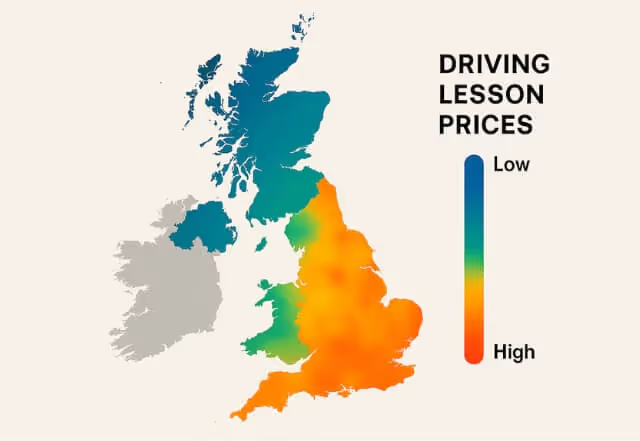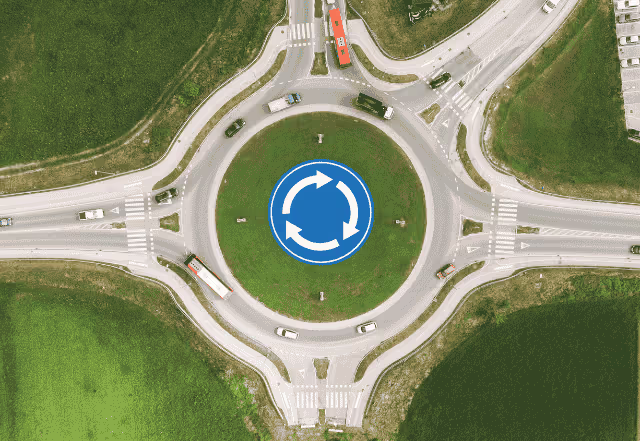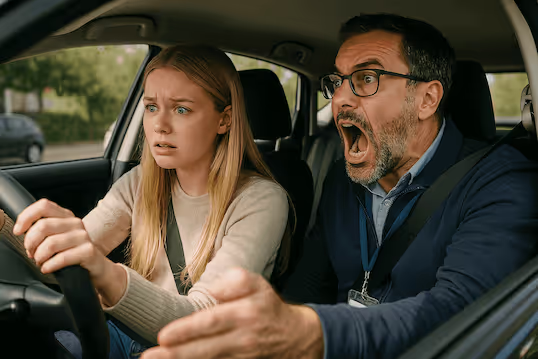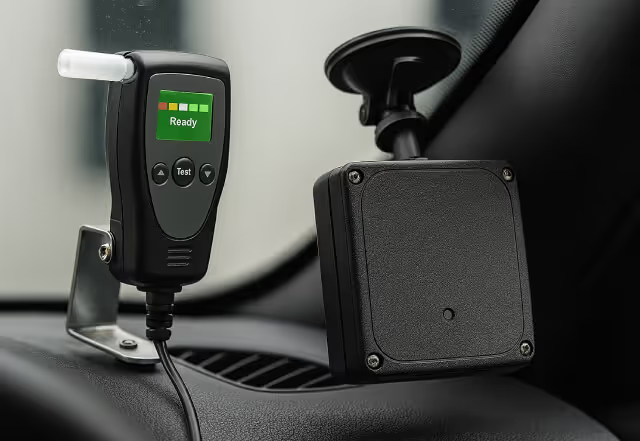Why the Driving Theory Test Matters
When most people think about learning to drive, they imagine themselves behind the wheel. But real driving starts in the classroom—or rather, in your head.
The driving theory test isn’t just a bureaucratic hurdle—it’s a foundational part of becoming a safe and confident driver. It teaches new drivers how to interpret the road, make informed decisions, and understand the rules that keep everyone safe.
In this article, we’ll explore why the theory test is so important, what it covers, and why practical experience alone isn’t enough.
📘 What Is the Theory Test?
The driving theory test is a written (often digital) exam that assesses your understanding of:
- Road signs and their meanings
- Traffic laws and regulations
- Hazard perception and anticipation
- Safe driving distances
- Environmental awareness
- Vulnerable road users (e.g. cyclists, pedestrians, motorcyclists)
In the UK and many other countries, passing this test is required before taking the practical driving test.
🚦 Why the Theory Test Is Essential
1. It Builds a Mental Map of the Road
Before you can navigate the road physically, you need to understand it mentally. The theory test ensures you’re familiar with common and uncommon signs, lane markings, and speed limits.
2. It Teaches Anticipation and Prevention
Hazard perception—part of most modern theory tests—helps you learn to spot potential dangers before they develop. This is something practice alone often overlooks.
3. It Reduces Risk in Real Situations
Knowing how to react to an emergency vehicle or a pedestrian crossing before it happens makes a learner more prepared and reduces stress during practical lessons.
A learner who understands the why behind the what is more likely to drive confidently—and pass their practical test sooner.
🤔 Why Practice Alone Isn’t Enough
While driving experience builds muscle memory, it doesn’t always cover everything.
Here’s what practice can miss:
- Rare or complex road scenarios (e.g. motorway rules, tram signals)
- The correct response to specific signs or markings
- Rules on alcohol limits, penalties, and legal responsibilities
- Eco-driving strategies that reduce fuel usage and emissions
Many learners rely on instructors to explain rules as they go—but this creates gaps in understanding, especially under pressure.
🧠 Theory Helps You Learn Faster in Practice
Understanding theory helps learners:
- Grasp the logic behind instructor feedback
- Anticipate next steps on their own
- Ask better, more informed questions
- Gain confidence more quickly in different environments
Apps like Varium allow instructors to track theory-related struggles in lessons, helping learners reinforce what they’re missing and reduce the chances of repeating mistakes.
🧪 How to Make Theory Learning Stick
1. Use Visual Aids and Flashcards
Images of road signs, mock road layouts, and simple diagrams are powerful memory tools.
2. Practice with Official Test Simulations
Doing mock tests under timed conditions helps you get familiar with the format and pressure.
3. Link Theory to Real Situations
When you’re in the passenger seat (or during lessons), apply the theory to what you see in traffic—“What would I do here?”
🏁 Final Thoughts
The theory test is not just a formality—it’s your toolkit for navigating the road with confidence, clarity, and safety.
Practice may teach you how to steer, shift, and stop—but theory teaches you when, why, and how to decide.
Great drivers don’t just react—they understand.
So don’t treat the theory exam as a box to tick. Embrace it as a key step on your journey to becoming a confident, competent, and safe driver for life.








































